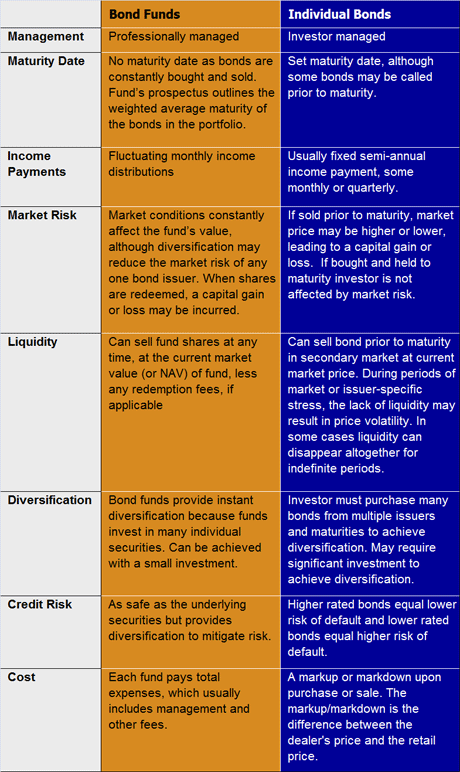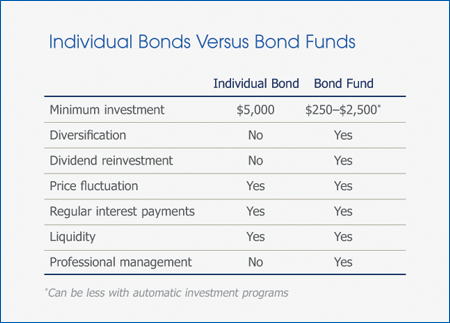Investing in Bonds Types Risks and How to Buy Bonds
Post on: 20 Июль, 2015 No Comment

Among the common investment strategies is using bonds in a portfolio. Bonds can be a solid addition to any investment portfolio, when used in the proper asset allocation for your goals and needs. However, its a good idea to understand the basics of bonds before you get started.
What are Bonds?
Unlike stocks, which represent equity or ownership in a company, bonds are more like loans. When you invest in loans, you are actually investing in debt. The organization in question issues bonds as a way to raise funds, and then pays you back.
When you invest in bonds, you receive interest payments during the period of the bonds term, and then, when the bond matures, you receive your principal back. There are two main types of bonds that investors can choose from:
- Government. These bonds are issued by some sort of government organization. You can purchase bonds from the United States government, as well as from foreign governments. Its also possible to purchase bonds from local governments, e.g. municipal bonds.
- Corporate. You can also purchase bonds from corporations. This can include non-profit as well as for-profit corporations. Its also possible to purchase bonds from foreign companies, as well as those located in the United States.
Basically, you are lending money to someone else. So you want to make sure that you are lending to an entity that is likely to repay your loan.
Are Bonds Safe?

Many investment professionals consider bonds as relatively safe. Some even believe that there are bonds that are just as good as cash. However, like stocks, it largely depends on the organization that is issuing the bonds. While bonds are considered safe, there are still risks that come with investing in them:
- Default. One of the main risks you face is that the bond issuer will default. Since its a loan, there is a chance that the organization will reach a point at which it can no longer make payments and honor its obligations. When that happens, you get to keep whatever interest you have been paid so far, but you might not get your entire principal back and you certainly wont receive future interest payments.
- Inflation. Another risk you run is that of being stuck with negative real returns. If bond rates are low, they might not keep pace with inflation. In this case, you end up with losses, since the value of the dollar erodes at a rate that exceeds your return.
You can get an idea of how safe a bond investment might be by paying attention to the ratings given to the debt. Corporations and governments have their credit rated. The higher a credit rating, the more likely it is that your bond will be paid in full. A government, like Greece, that is on shaky ground might end up defaulting on some of its debt. In fact, many bondholders found themselves not getting back what they put in during Greeces selective default.
The reason that some investors choose riskier bonds is that there is a chance at a higher return. A company or government with a low credit rating has to offer higher interest rates in order to attract bond buyers. Spains interest rate has been near 6% recently because there are worries of default. Contrast that with the yield on US Treasury securities, which is hovering around the 1% mark. US bonds are considered the safest in the world, and the low yield is the price investors pay for that security.
However, even the safest bond could default. Even US Treasuries arent completely safe, and you need to keep that in mind as you invest in bonds.
How to Invest in Bonds
There are many options when it comes to investing in bonds. If you want to invest in US Treasury securities, you can do so by setting up an account at TreasuryDirect.gov. You can buy bonds through a brokerage, but there is usually a premium to do that. Its often cheaper to just get them from the source.
Other bonds can be purchased via a brokerage firm. or directly. Another option is to invest in bond index funds, or bond ETFs. These are low cost, and you get exposure to a variety of bond investments, rather than picking them on your own.
Bonds can be useful, along with dividend stocks. in an income portfolio, or they can provide you with a little more stability in a more traditional asset allocation.














